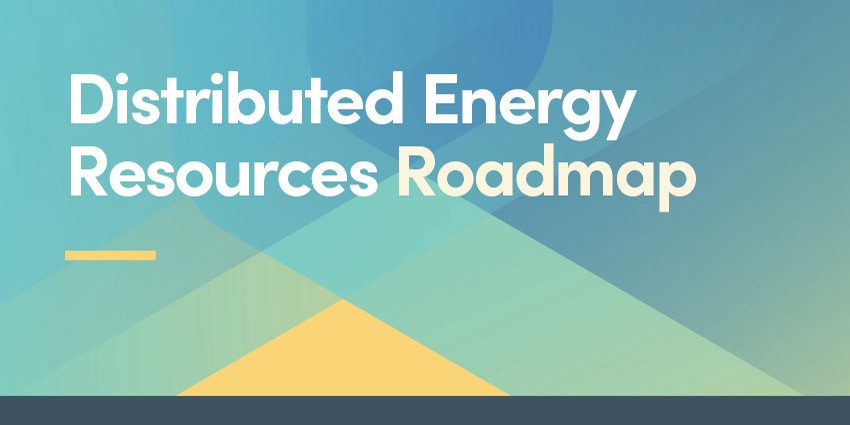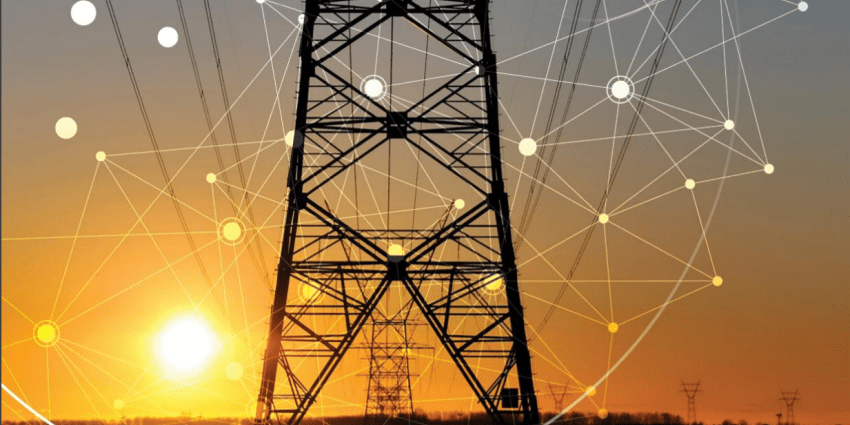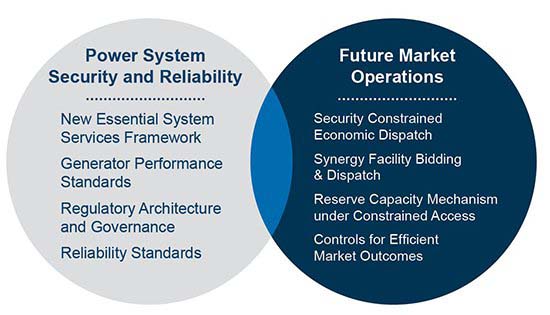Since this web page was published, the Wholesale Electricity Market (WEM) Rules have been renamed the Electricity System and Market (ESM) Rules, and the Electricity Industry (Wholesale Electricity Market) Regulations 2004 (WEM Regulations) have been renamed the Electricity Industry (Electricity System and Market) Regulations 2004 (ESM Regulations). Changes have not been made to this web page to reflect this updated name.
In March 2019, the Hon Bill Johnston MLA, Minister for Energy announced the WA Government’s Energy Transformation Strategy. The first stage of work under the strategy was led by the Energy Transformation Taskforce over the period May 2019 to May 2021.
The Taskforce delivered three core work streams:
- Distributed Energy Resources
- Whole of System Planning
- Foundation Regulatory Frameworks
- Improving Access to the SWIS
- Delivering the Future Power System
On 14 July 2021, the Hon Bill Johnston MLA, Minister for Energy launched the next stage of the Energy Transformation Strategy, to be led by Energy Policy WA.
Distributed Energy Resources
Show moreDistributed energy resources, or 'DER', are smaller–scale devices that can either use, generate, or store electricity and form a part of the local distribution system, which serves homes and businesses. DER includes renewable generation, energy storage, electric vehicles, and controlled appliances, such as air conditioners and pool pumps.
Over the coming five years, continued uncoordinated uptake of rooftop solar PV systems will see daytime demand for traditional thermal generation fall to levels at which the stability of our main power system in the south west is likely to be compromised. In some parts of the State, new solar PV installations are already being restricted, as our network operators find solutions to local grid stability issues.
In response to these challenges, the Energy Transformation Taskforce has developed the DER Roadmap to outlines the path to achieving a future where DER is integral to a safe, reliable and efficient electricity system, providing benefits for all customers.
Released in April 2020, the DER Roadmap is a five-year plan to guide the better integration of all distributed energy resources, including solar panels, battery storage and electric vehicles, and ensure that the benefits are shared across all members of the community.
The DER Roadmap outlines the opportunities presented by DER for our power system, and identifies the urgent actions required to address the near-term challenges it brings.
One year on, the DER Roadmap Progress Report has been released, showing implementation of the DER Roadmap is on track, achieving several highlights including:
- installation of 10 PowerBanks, which is seeing community batteries support the Western Power network and make storage available to customers;
- commencement of a time-of-use tariff pilot;
- progress of a DER orchestration pilot, known as Project Symphony;
- improvements to the Australian Standard for inverters;
- establishment of a DER Register for the SWIS; and
- changes to the Electricity Networks Access Code 2004, improving opportunities for providers of network solutions to Western Power.
Whole of System Planning
Show moreWhole of System Planning provides an informed view on what Western Australia’s principal electricity system, the South West Interconnected System, might look like over the coming decades. The Whole of System Plan is a detailed study of how our major power system may evolve over the next 20 years.
Using data provided by industry, the plan models four scenarios of how changes in demand, technology, and the economy may shape the way we use electricity and guide the investments we make over the coming decades to achieve lowest-cost, lower-emissions electricity.
Improving Access to the SWIS
Show moreThe arrangements by which generators gain access to Western Power’s network in the South West Interconnected System (SWIS) are critically important, as they determine the ability of the generator to participate in the Wholesale Electricity Market and provide electricity to households and businesses in the south west.
Current network access arrangements do not make the best use of available transmission capacity and the existing investment in the network, resulting in barriers to entry for new generators. The arrangements have also led to an outcome where generators have different rights to access the network, creating inefficiencies in the dispatch of generators in the Wholesale Electricity Market.
The proposal to adopt a framework of constrained access aims to improve generator access to the Western Power network by providing more equitable access for generators and optimising grid use. This will help remove barriers to investment and facilitate access to the Wholesale Electricity Market for new low-cost and cleaner generation technologies. By facilitating more efficient use of available network capacity, the reforms will also provide a greater return on the investment in new and existing network infrastructure that is ultimately paid for by electricity consumers in the south west.
Constrained access will be implemented primarily by the application of security constrained economic dispatch in the Wholesale Electricity Market. This will require:
- Measures to transition existing network access arrangements to operate and be consistent with a constrained network access model, and appropriately managing the issues that arise from this transition.
- A new process for allocating reserve capacity credits under the Reserve Capacity Mechanism to ensure it is consistent with a constrained network access environment.
- New arrangements for the dispatch of generators in the Wholesale Electricity Market and market systems to incorporate security constrained economic dispatch principles. This will be progressed under the Delivering the Future Power System work stream.
Changes to facilitate the reforms will be progressed largely through amendments to the Wholesale Electricity Market Rules and the Electricity Networks Access Code 2004, developed by the Energy Transformation Taskforce, in consultation with industry stakeholders.
Consultation
Consultation papers released by the former Public Utilities Office on the implementation of constrained access and submissions received in response are available here.
Delivering the Future Power System
Show moreIn the face of the rapid transformation being experienced in the electricity sector, the market systems, standards, obligations and frameworks that underpin the operation of the power system in the South West Interconnected System (SWIS) are under increasing pressure.
Unless we modernise the way the power system is regulated and managed, energy will not be dispatched at the least sustainable cost, the power system will be limited in its ability to accommodate growing levels of renewable generation and other new technologies (such as battery storage) while maintaining security and reliability, and signals for investment in the power system — at the right time and place — will be inadequate.
Some elements contributing to the Delivering the Future Power System work stream were progressed by the former Public Utilities Office, such as improvements to pricing and demand–side participation under the Reserve Capacity Mechanism, clarification regarding how energy storage can currently participate in the Wholesale Electricity Market, and foundational features of an improved spot market.
The Taskforce will build upon this work to deliver the Government’s Energy Transformation Strategy.
The Delivering the Future Power System work stream has two major elements: Power System Security and Reliability and Future Market Operations.
Power System Security and Reliability
This project stream focuses on ensuring that the regulatory frameworks, obligations placed on market participants, and tools available to the Australian Energy Market Operator (AEMO) are there to ensure that power system security and reliability is maintained – despite generation mix and customer demand changes.
New Essential System Services Framework: The way Essential System Services (often referred to as Ancillary Services) are currently designed and used will not meet the future need of the power system, which will be characterised by rapid fluctuations from intermittent generation and low daytime system load. New Essential System Services and effective means for their supply will be designed around the current and future needs of the power system.
Generator Performance Standards: Alongside the design of new Essential System Services, new Generator Performance Standards will be designed and implemented — in a staged fashion — to help maintain power system security and reliability as well as improve equity in how different technologies and new and legacy generators are treated.
Regulatory Architecture and Governance: The way in which regulatory frameworks and energy technologies have evolved has resulted in gaps, duplication, and inconsistency between the instruments which govern power system security and reliability. Roles and responsibilities between AEMO, Western Power and market participants will be clarified, and change management and governance arrangements will be improved.
Reliability Standards: Various reliability targets apply to different elements of planning and operating the South West Interconnected System. Consideration will be given to the creation of common reliability standards, their governance, and how standards are reflected throughout the regulatory framework.
Future Market Operations
This project stream focusses on major improvements to the design and operation of the Wholesale Electricity Market (WEM) to ensure that electricity is dispatched at the lowest sustainable cost and the operation of the market efficiently reflects and facilitates improvements to the way Western Power’s network is accessed.
Security Constrained Economic Dispatch: The dispatch of generators around network constraints in the WEM is currently managed through manual systems and processes. With the complexity of managing the power system increasing, this is leading to inefficiencies in the market. Dispatch is also not currently co–optimised across energy and Essential System Services markets, resulting in increased costs for customers. Coupled with other improvements to the market, a ‘security-constrained’ market design with co–optimised dispatch across energy and any Essential System Services markets will automatically factor in network and security constraints when determining dispatch, ensuring that the dispatch outcomes are the lowest cost available while maintaining system security.
Synergy Facility Bidding: Synergy currently bids its generation into the market as a portfolio, rather than individual facilities, and is dispatched on that basis. The adoption of a security–constrained market design requires individual facility bidding and dispatch to ensure the system operator can manage when network and security limitations are reached at various locations on the network. Synergy will be required to participate on an individual facility basis to enable the proper functioning of the new security constrained market. An appropriate approach to facility bidding for Synergy will be developed, balancing the need for improved price transparency and better constraint management with the costs of implementation.
Reserve Capacity Mechanism under Constrained Access: The implementation of a framework for constrained access of Western Power’s network will require changes to the way capacity credits are assigned under the Reserve Capacity Mechanism to ensure that the contractual obligations of facilities to provide capacity is reflected and locational signals are provided to new facilities. This element of the Future Power System is being managed as part of the Improving Access to the SWIS work stream, in conjunction with this Future Market Operations work stream.
Controls for efficient market outcomes: Throughout the Delivering the Future Power System work stream, consideration will be given to the extent to which market design changes confer market power on individual or groups of market participants which can potentially be exploited to affect market outcomes. Scenarios where controls for efficient market outcomes may be required include rules for rebidding after gate closure, definition of short run marginal cost and situations where a market participant may have market power.
Taskforce decisions
Following consultation, the Energy Transformation Taskforce will make decisions on elements of market and regulatory design. These decisions will form the basis for draft market rules and regulations.
Taskforce decisions, information papers and consultation drafts of rules and regulations will be published in the Publications section of the Energy Transformation website as they are completed.
Announcements
Distributed Energy Resources Roadmap Launched

McGowan Government launches Whole of System Plan








